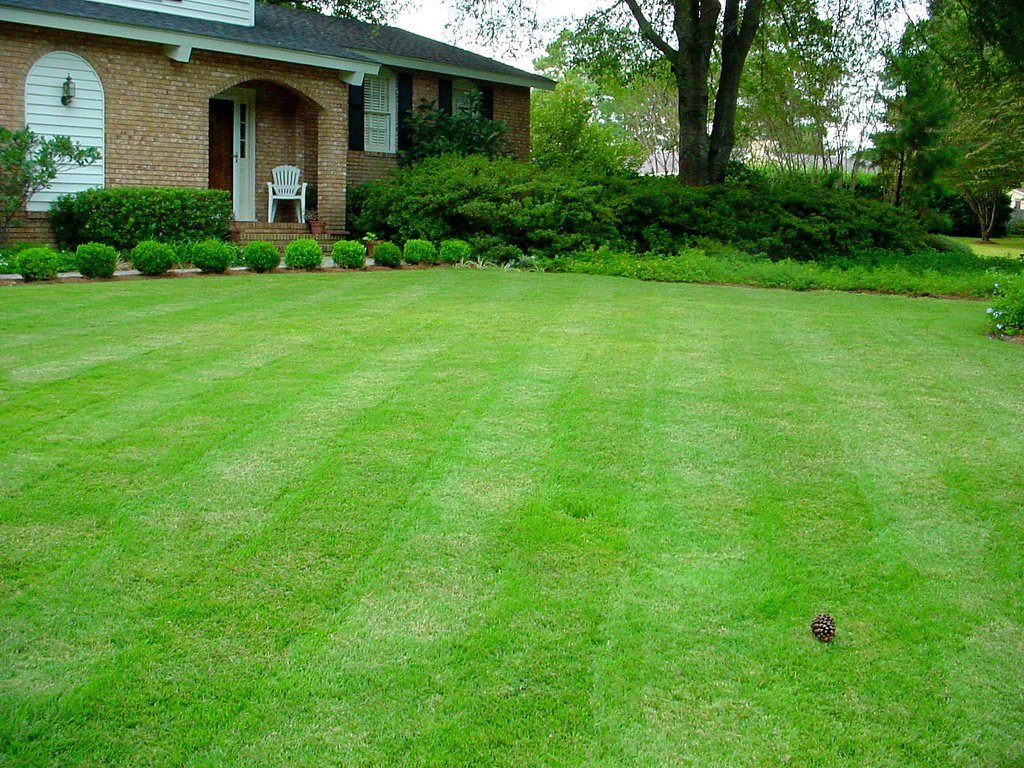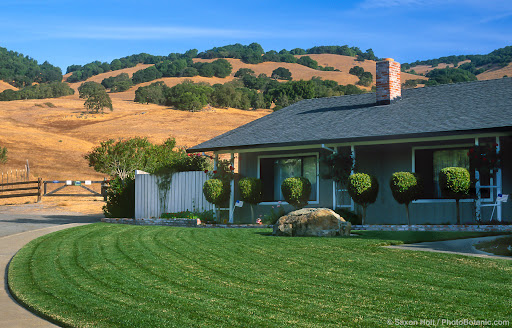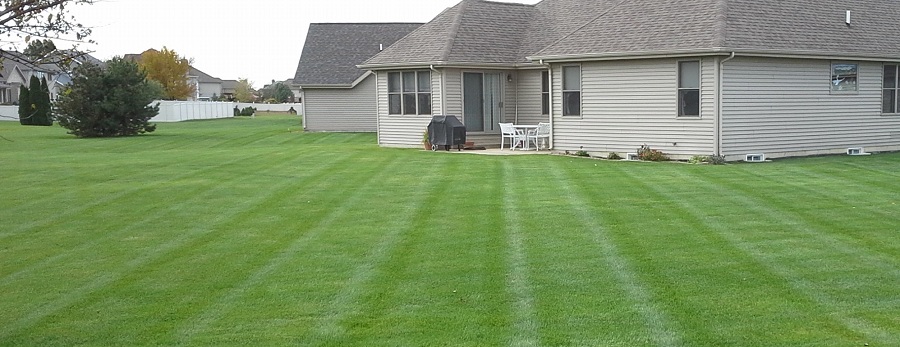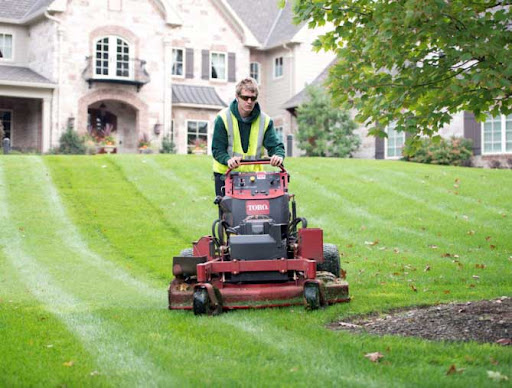1.1 million
people
1.1 million
people
That's how many people are members of the
online community "Grow Food Not Lawns". Lawns could be going out of fashion, as many people start to recognise just how resource draining they can be.
During one of California's worst in history, the state launched a website dedicated to "drought-shaming" those who were maintaining obscenely green, lush lawns. Locals were encouraged to send in pictures of people flouting water restrictions.
26 million
killograms
26 million
killograms
That's how much herbicide and pesticide Americans spread on their lawns in 2012. Some over the counter products contain neonicotinoids (a group of pesticides that has been linked to colony collapse in
honey bees, according to research).
Bees exposed to a neonicotinoid were found to be less likely to feed and care for their larvae. We need bees and other insects to pollinate our crops, yet globally we are seeing massive declines in insect numbers.
22 million
tonnes
22 million
tonnes
That's how much carbon dioxide American mowers spat out in 2018. A typical 4-kilowatt lawnmower sold in 2002 was limited to around 66 grams of pollutant emissions per hour. The equivalent emissions limit for
cars around that time was about 16 grams per hour, according to a Government report from 2007.
56,000 Olympic
swimming pools
56,000 Olympic
swimming pools
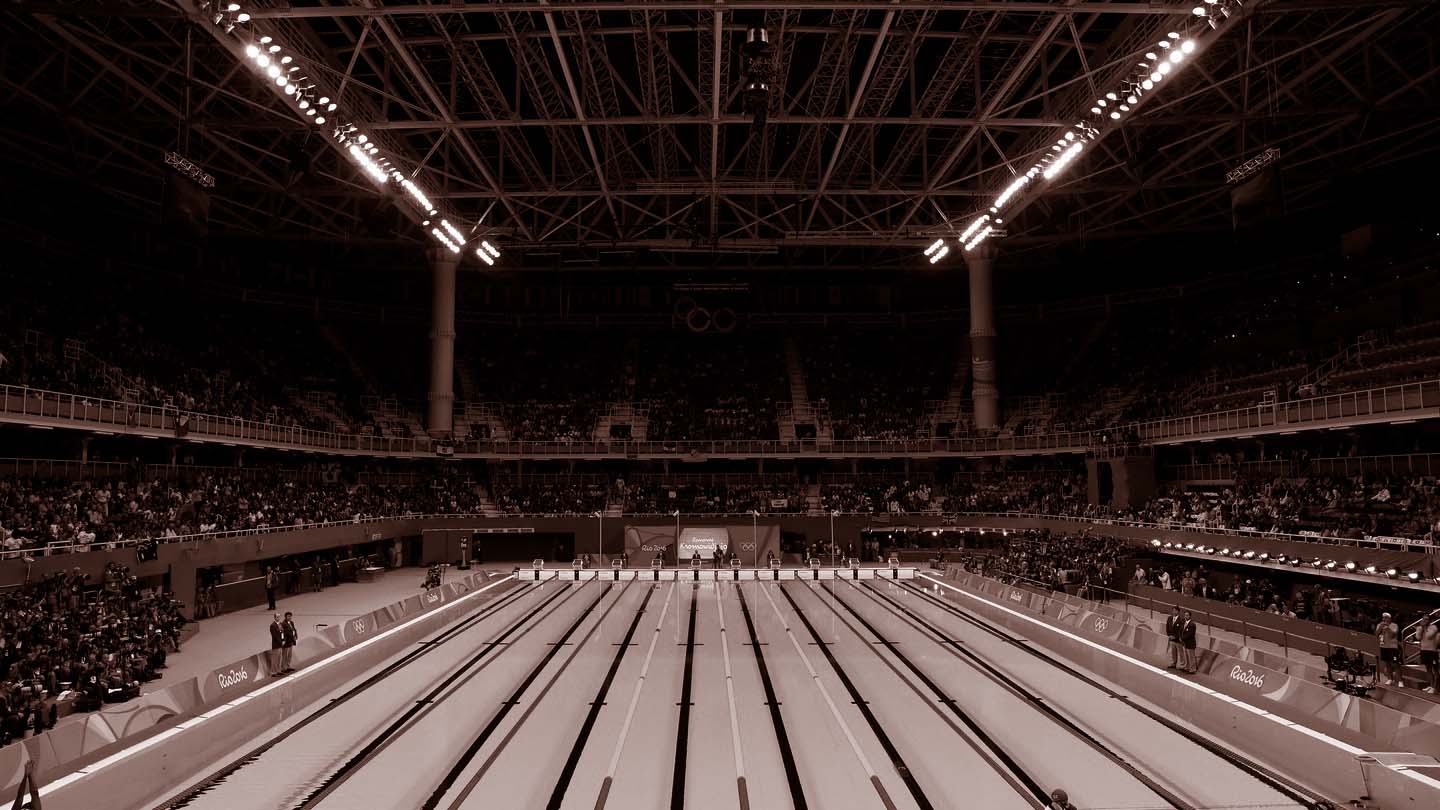
That's how much water, much of it treated drinking water, that Perthians poured on their private and public lawns in 2016. But the US is even more lawn-obsessed than Australia. Americans spray about 75 per cent of household water on their lawns.
NASA estimates that lawn is America's biggest crop, covering 1.9 per cent of the surface of continental United States. And there are often strict rules on how it is managed, too.
When Ohio woman Sarah Baker stopped mowing her lawn in 2014, she was amazed at how quickly nature returned. She was also amazed at how quickly she was threatened with a $1,000 fine and legal action from her local board.
